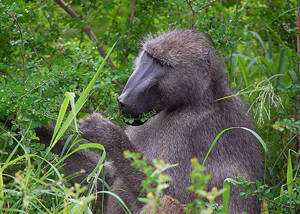
Papio ursinus (scientific name: Chacma Baboon) has two subspecies and is the largest baboon.Papio ursinus is usually active on the ground during the day, is good at climbing rocks, and has the ability to climb trees. Because of its long fur, it is very cold-resistant. It is a social animal that like...

Guinea Baboon (scientific name: Papio papio) is a smaller species in the same genus.Guinea Baboons usually move on the ground during the day, are good at climbing rocks, and have the ability to climb trees. It is a social animal that likes to live in groups, sometimes forming large groups, each of w...
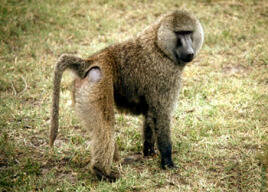
Papio cynocephalus (scientific name: Papio cynocephalus), also known as Yellow Baboon, has three subspecies.Grassland baboons are diurnal animals that live in groups. Each group usually has 30-60 individuals. The group consists of multiple males and multiple females, and any male has the possibility...
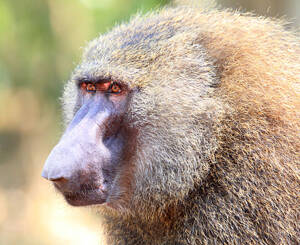
The East African baboon (scientific name: Papio anubis) is also known as the Olive Baboon because its appearance looks similar to olive color. Its other name, Anubis Baboon, comes from the Egyptian god Anubis. Its head looks like a true portrayal of Anubis from the side.East African baboons are diur...

Mediterranean macaque (scientific name: Macaca sylvanus) is also known as Barbary Macaque in English. It is an extremely tough animal.The mountains where Mediterranean macaques live are only half the height of the Ethiopian highlands, living at an altitude of about 2,100 meters, which is generally a...
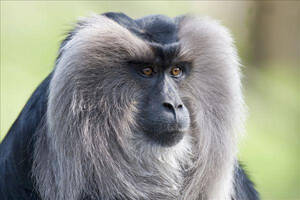
Lion-tailed macaque (Macaca slienus), also known as lion-tailed macaque, is an Old World monkey that lives in the Western Ghats and South India.Lion-tailed macaques are good at climbing and jumping, can swim and imitate human movements, and can express joy, anger, sorrow, and happiness. They mostly...
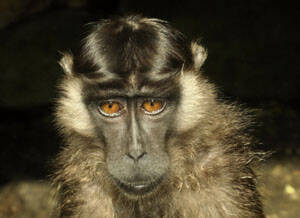
The scientific name of the Siberut Macaque is Macaca siberu, and its foreign name is Siberut Macaque. It is a species endemic to Siberut Island in the Mentawai Islands west of Sumatra, Indonesia.The Siberut Island macaques mainly feed on leaves, twigs, wild vegetables, etc., and occasionally prey on...
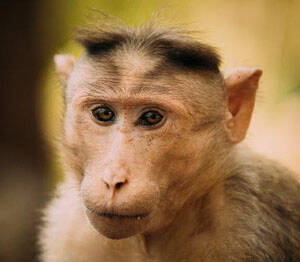
The scientific name of the crested macaque is Macaca radiata, and its foreign name is Bonnet Macaque. It is a kind of macaque in southern India. It is agile and sometimes goes to orchards and food stores to grab food.Listed in the "World Conservation Union" (IUCN) ver.: 2008 Red List of Pr...

The scientific name of the Mentawai macaque is Macaca pagensis, and its foreign name is Macaca pagensis. It lives in trees or semi-trees, usually in small family groups, but also in large groups. Most of them can walk upright, but not for long. They are mostly active during the day.Listed in the &qu...
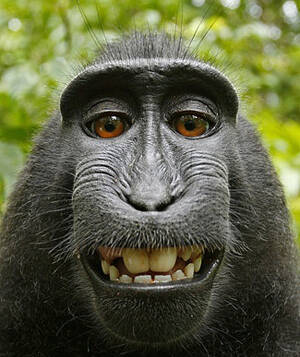
The black-crowned macaque (scientific name: Macaca nigra) is also known as Celebes Crested Macaque. It is a medium to large monkey.The black-crowned macaque is active during the day and rests at night; it lives in groups. It is equally agile on the ground and in the trees, and is good at swimming. T...
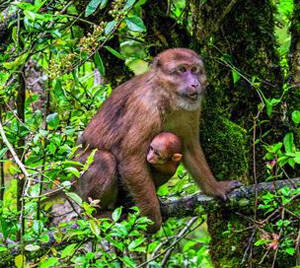
The Southern Tibetan Macaque (scientific name: Macaca munzala) is a typical macaque animal with no subspecies.The Southern Tibetan Macaque is native to the southern Tibet region of China (now occupied by India). Its species name "munzala" comes from the Zhairang Monpa tribe, pronounced &qu...

The scientific name of the white-collared monkey is Callicebus lucifer. It moves in small groups with a common area and is diurnal. It uses its tail to maintain balance and is said to be good at jumping. It feeds on fruits, bird eggs, insects, and occasionally small birds. There is no seasonal repro...